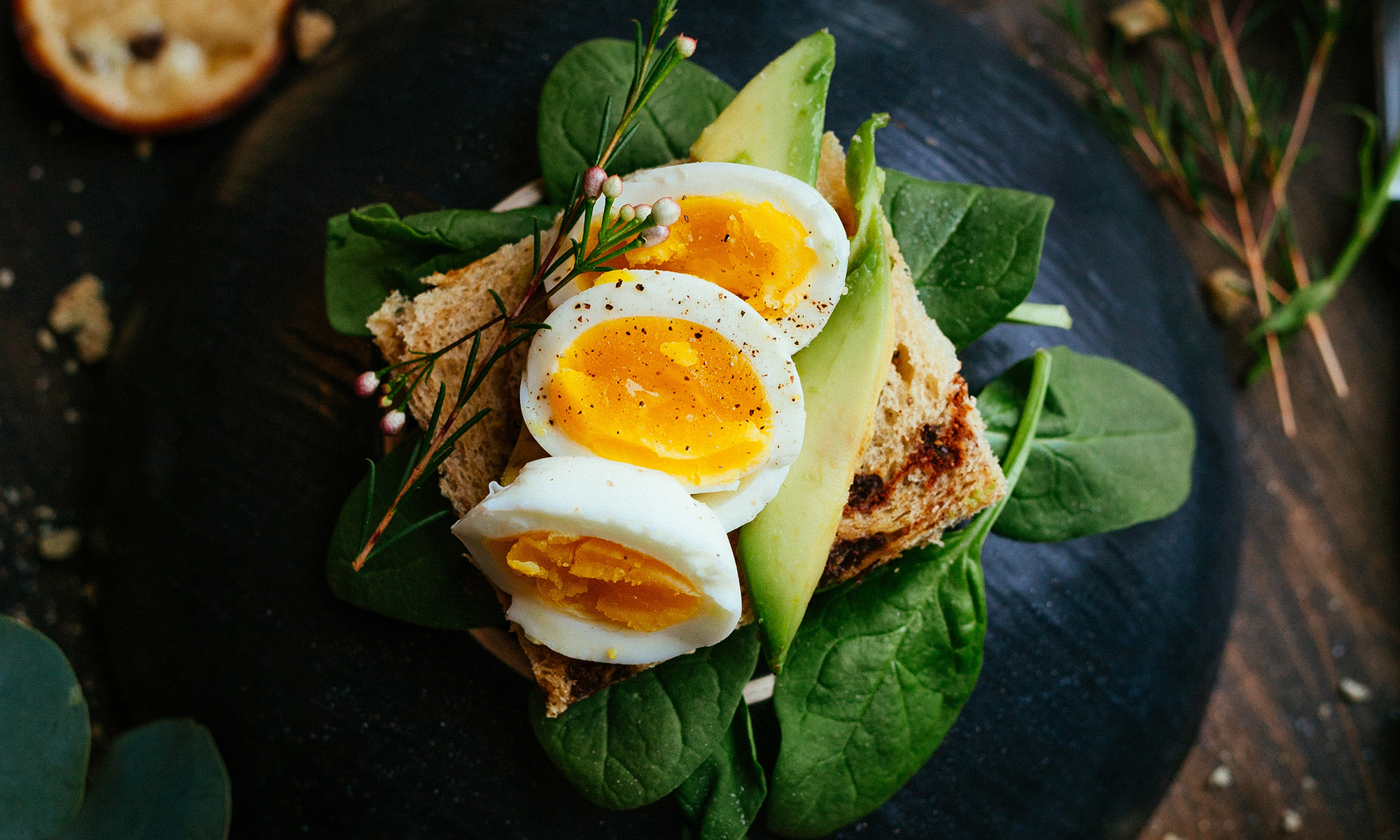There’s a sweet scent to the thick, humid air here in southern Maryland; a gentility and graciousness that permeates the culture the way the air fills my lungs. When I breathe it in, I’m transported to my childhood when I spent my summers in Alabama with my grandmother. People speak slowly, it’s too hot to do anything fast.
St. Mary’s County is just 90 miles south of Washington, DC, but is decidedly a southern county. Route 235 with farm stands and strip malls lining the road, bisects the county. The Chesapeake Bay a few hundred yards to the east and the Potomac River to the west.
On a barren stretch of the road between the Air Force Base and Point Lookout, Kellem’s Market hangs out a flag. They stock the few shelves with fishing gear. And the refrigerated case holds just a few pounds of fresh, local fish – whatever was caught that morning. It’s the best place in town to buy seafood.
Every morning I call Kellem’s to find out if they have any soft shell crabs – I’ve been craving them since my general gau’s dinner. The first day, they tell me they don’t have any peelers, the term for the blue crabs that will shed their shells. The next day they'll have some, and they offer to call me if they’ve shed their hard shell.
When they call, they apologize that someone had put the crabs in the ‘fridge, so they didn’t shed their shell. But they offered to call around on my behalf. Fifteen minutes later, Kellem’s calls back. His neighbor down the road has soft shells. He would pick them up for me, but he doesn’t have someone to watch the shop for him. I’ll have to get them myself. “Is that okay?” he asks.
He gives me directions… turn down the small street between the church and the market. The road will curve to the left and then to the right. Go along the dirt road until I see a sign for McKay’s. They will sell me some.

I pull into the driveway, a house on the right and a little shed with an “open” sign on the left. Their land is right on the bay, with old crab pots piled high in the driveway.

On the dock, a shallow fish tank acts as the holding spot for the freshly fetched crab to shed their hard shells.
 Once they shed they are quickly scooped up (in less than 24 hours, the soft shells will be hard again) and transferred to the fridge until they are sold.
Once they shed they are quickly scooped up (in less than 24 hours, the soft shells will be hard again) and transferred to the fridge until they are sold.
An older woman emerges from the house. “Can I help you?”
She takes me into the refrigerated shed and shows me her selection of crabs – dozens of soft crabs in various sizes, ranging in price from $1.50 each to $2.50 (significantly less than the $4 frozen ones offered at a store close to the Base). I buy 8 large ones, and wonder who else will find this place and buy the rest…

Soft Shell Crabs with Corn Cakes and Green Goddess Dressing
1 tbs. capers
1 cup spinach or arugula leaves, washed and picked over
1 bunch scallions, washed, slice green only in 1/2 inch lengths
1 bunch tarragon leaves picked from the stem
1/4 cup sour cream
1 cup mayonnaise
1 tbs. white wine vinegar
1 tsp. kosher salt
1/4 tsp. cracked black pepper
Puree capers, spinach, scallions, tarragon, and sour cream in a food processor. Fold in mayonnaise, and season with vinegar, salt and pepper
Corn Cakes
(makes about 12 cakes)
¾ cups flour
½ cup corn meal
½ tsp. baking soda
½ tsp. baking powder
1 tsp. salt
1 tsp. sugar
1 ¼ cup buttermilk
2 tbs. melted butter
1 egg
1 cup corn kernals
2 scallions, chopped
Puree ½ cup corn with buttermilk. Combine dry ingredients in a bowl. Make a well, add the wet ingredients. Stir to incorporate. Cook cakes in a non-stick pan over medium heat.
Soft Shell Crabs
8 soft shells, cleaned
½ cup flour
1 egg mixed with ½ cup corn starch
oil for pan frying
Toss soft shells in egg/starch mixture, and then dust with flour. Pan fry in oil until crispy on both sides
